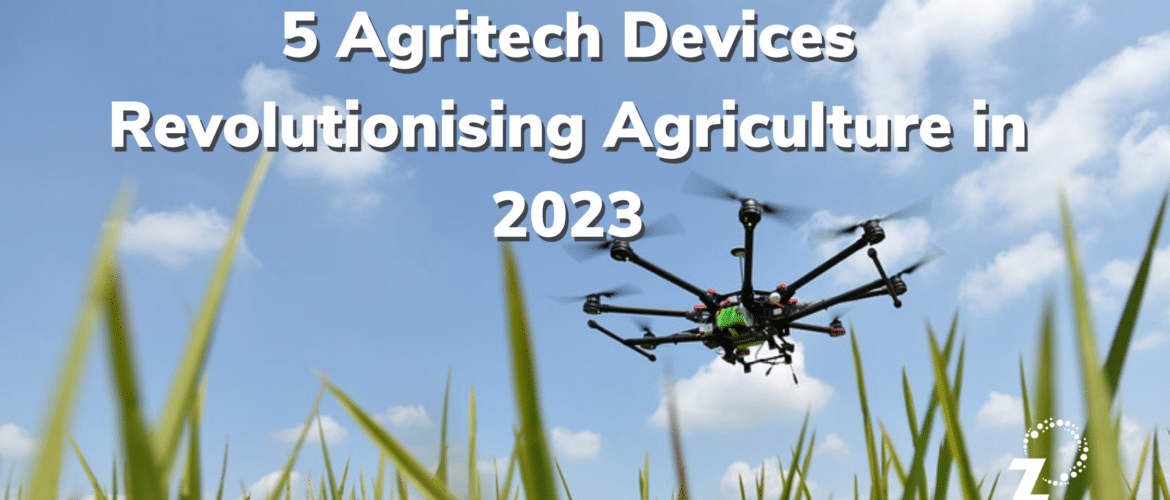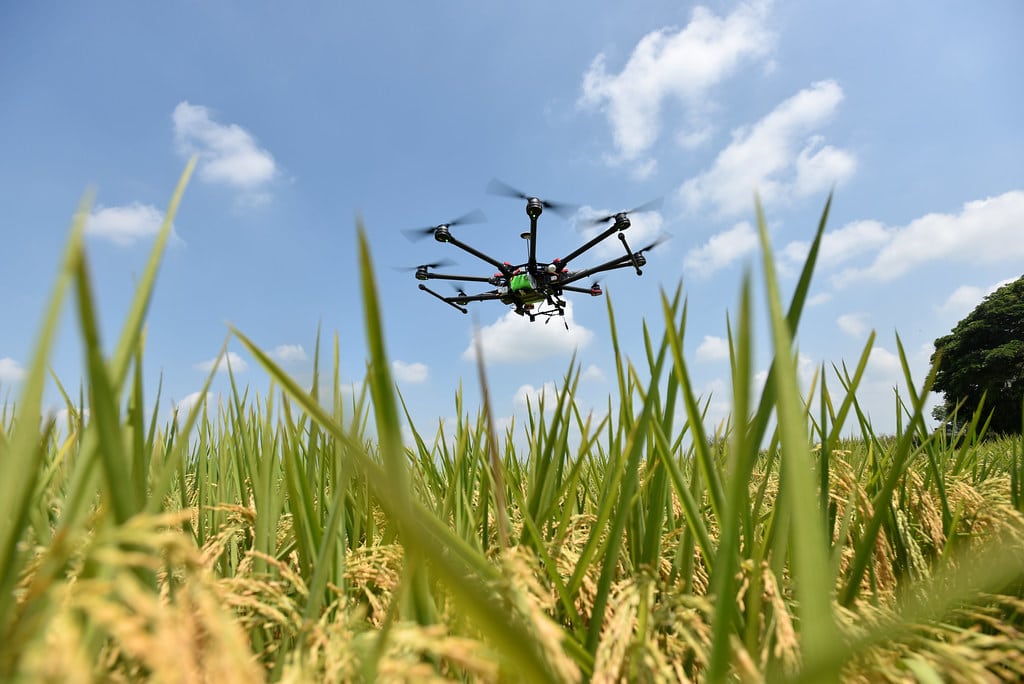
5 Agritech Devices Revolutionising Agriculture in 2023
In today’s connected world, agritech (agricultural technology) is becoming increasingly accessible. It’s time for today’s farmers to harness the potential of new technology for improved decision-making, production capabilities, increased yields, access to new markets, and gain investment opportunities. These days, if you’re farming isn’t getting smarter, you’re getting left behind.
Take a look at these 5 technological devices revolutionising agriculture in 2023 and beyond:
#1 Smart soil health measurement tools
PES Technologies has developed a tool that makes soil testing a five-minute process:
- Scoop a topsoil sample (geotagged in the app)
- Add the sample to the handheld reader unit’s soil drawer
- Insert a test strip into the reader unit
- After a few minutes, the reader will send the data collected by the test strip to an app on your phone
- The data is analysed by cloud-based software to identify a wide range of soil health indicators
- Results are sent back to the mobile app
The device reports on a comprehensive range of biological, chemical and physical soil health indicators, allowing you to analyse soil samples without any sample preparation. Once you have more information about your soil environment, you’ll have a better idea of the right products to balance the soil and create the best possible conditions for plants to thrive.
#2 Cloud-based data platforms
Cloud-based platforms like Continuum Ag’s TopSoil Tool can integrate data from any lab, monitor, or file type to provide farmers with unbiased variable-rate recommendations and educational materials to help them evaluate opportunities to profit from their data. From a management perspective, farmers can use the data to review anything happening under their feet, from soil test results to biological activity, organic carbon levels, and plant-available nutrients. They can also create scouting reports and track as-applied data while in the field.
#3 Handheld bionutrient spectrometer
How do you pick your fresh produce in the supermarket? Do you choose whichever tomato looks juiciest and most perfect? The truth is that the produce that looks the most appetising isn’t necessarily the best for us nutritionally; it’s often laden with chemicals that help give it that perfect appearance. So, how do you go about finding the healthiest, most nutritious food?
The next technology device is one for farmers and consumers: a bionutrient spectrometer, a handheld tool used to measure the nutrient density of crops. They work by shining a light on a sample of the plant, which causes it to emit energy in the form of wavelengths that can be measured. This energy is then analysed to determine the nutrient content of the plant.
Bionutrient spectrometers are a powerful tool that can help farmers, buyers, and consumers make more informed decisions about food production and consumption. One of the benefits of bionutrient spectrometers is that they provide a quick and non-destructive way to assess the nutrient content of crops. This information can be used by farmers to adjust their farming practices to improve soil health and increase the nutrient density of their crops. In turn, this can lead to healthier, more nutritious food for consumers. Food service providers and institutional buyers can also provide healthy food options for their customers. More transparency could lead to a shift away from conventional farming practices that rely heavily on synthetic fertilisers and pesticides.
#4 Satellite crop monitoring
Aerial satellite imagery offers several advantages to farmers, primarily its ability to provide a comprehensive view of their farm, which enables them to gather large amounts of data to:
- Manage multiple fields
- Reduce resource costs
- Make more informed management decisions.
The high-resolution images can be colour-synthesised, which facilitates the identification of
- Various crop growth stages
- Soil erosion
- Pest infestations
- Nutrient deficiencies
- Diseases
- Irrigation issues
With the help of satellite imagery and vegetation indices, farmers can easily track all field activities and identify potential issues, allowing for quick action to be taken to resolve them, saving time and resources. In addition, farmers can create VRA (Variable Rate Application) maps for differentiated seed planting and fertilisation, which can help to optimise yield and reduce costs.

#5 Drone imagery
While satellite-based data offers valuable insights into crop performance, drone-powered farm insights can provide an even higher level of detail. Unlike on-foot inspections, drones equipped with thermal and multispectral imaging technology can deliver data at a level that is not visible to the naked eye. This makes high-resolution drones the preferred data source for precision farming applications, especially for speciality crops. With the aid of artificial intelligence (AI) analysis, drone imagery can provide actionable data on plant health in near real-time, allowing farmers to quickly identify and address any issues that arise. By leveraging drone technology, farmers can optimise their yields and protect their crops, ensuring maximum profitability and sustainability.
You can’t manage what you can’t measure
The widespread adoption of smart technology has opened up new possibilities for farmers to measure and manage their operations, improve productivity, and increase profitability. With advanced tools and data available at their fingertips, farmers can now make more informed decisions to optimise yields and reduce costs. Failing to embrace these technologies is akin to using a Nokia 3310 in 2023—outdated and insufficient for the current demands of modern farming. By leveraging smart technology, farmers can stay competitive and efficient in an ever-changing agricultural landscape, ultimately leading to greater success and profitability.

About the Author: Alex Platt
Alex is Business Development Manager at RegenZ. He's inspired by the potential of regenerative farming and takes a special interest in the technology and products that are moving agriculture in a more sustainable direction.